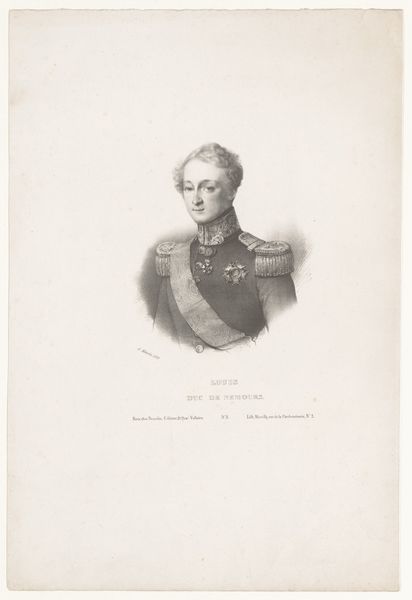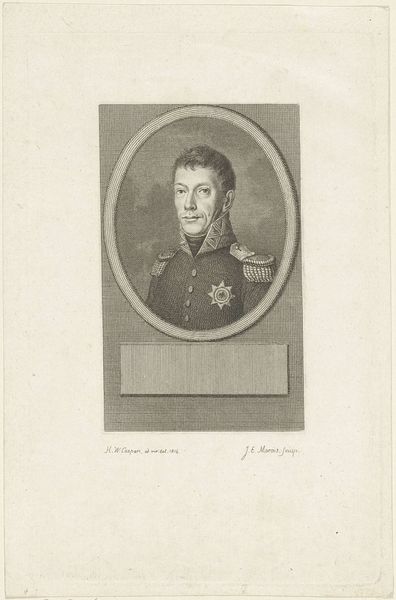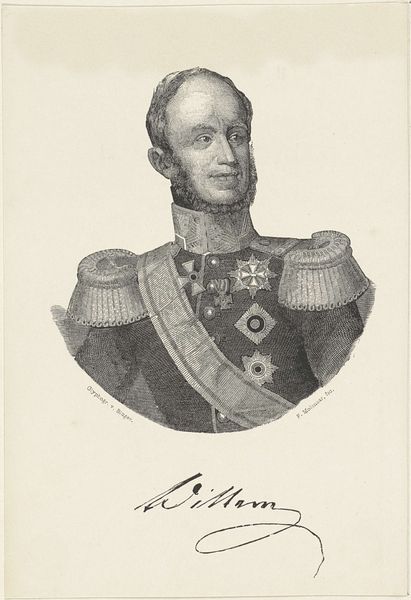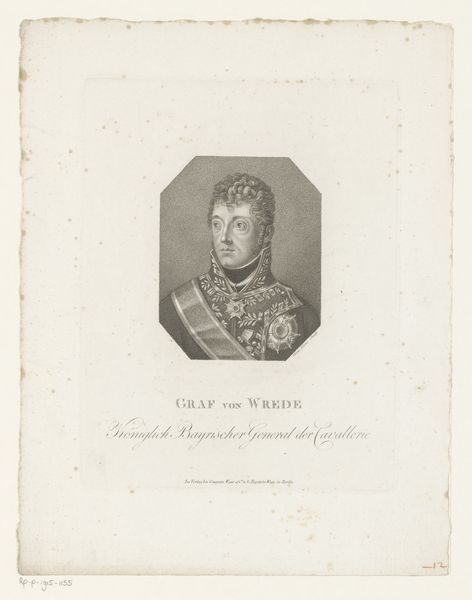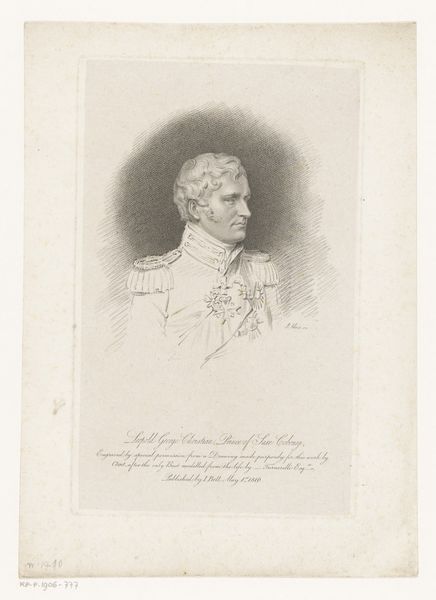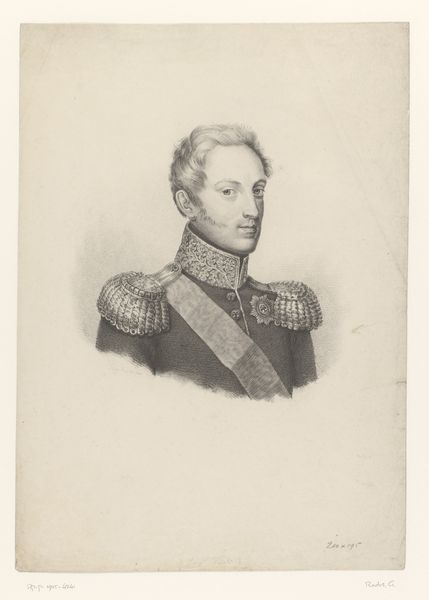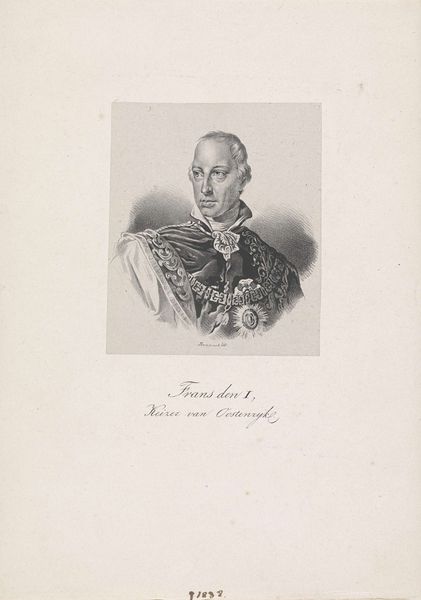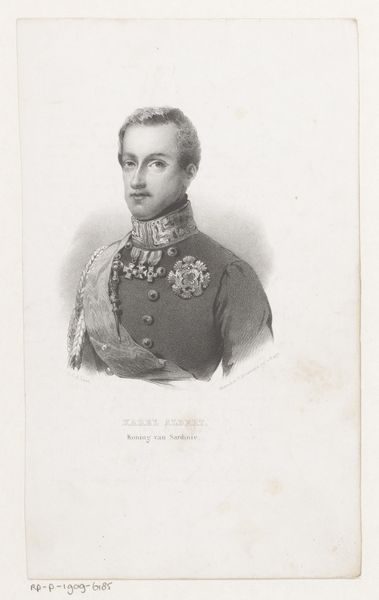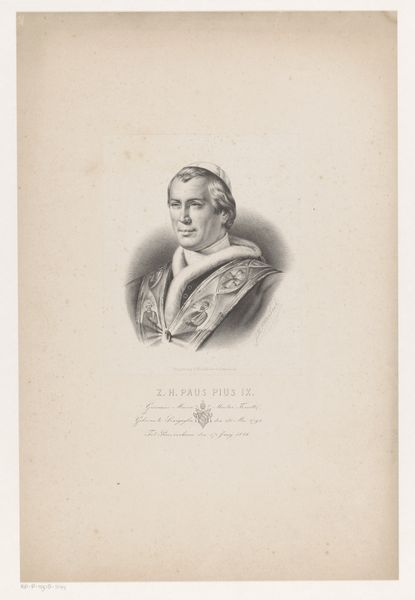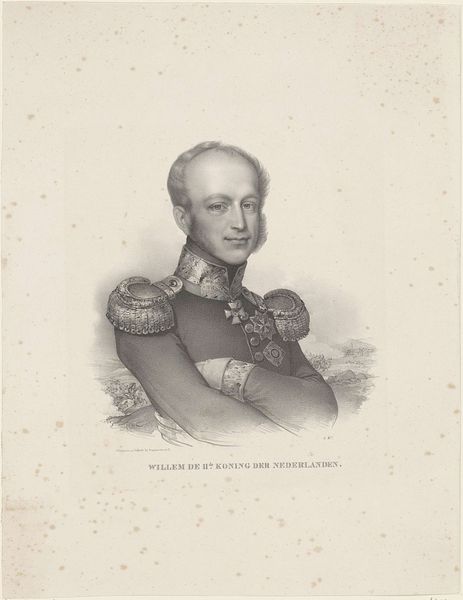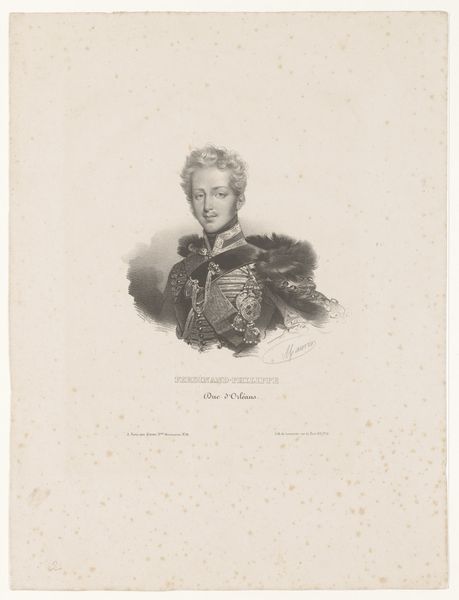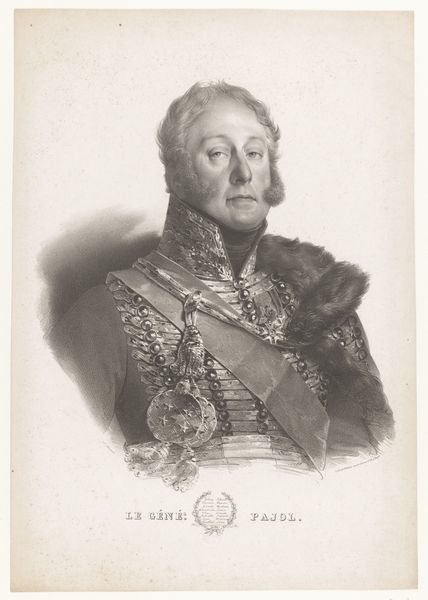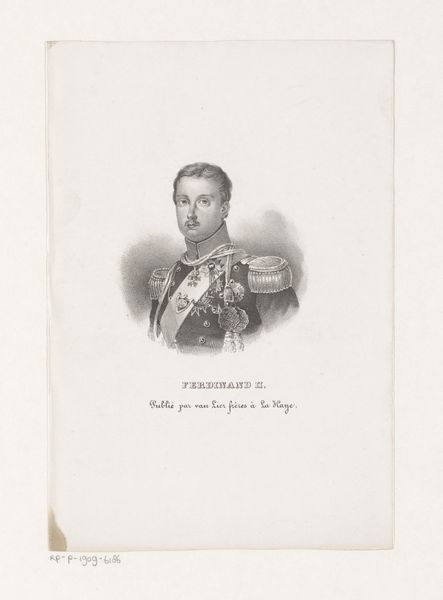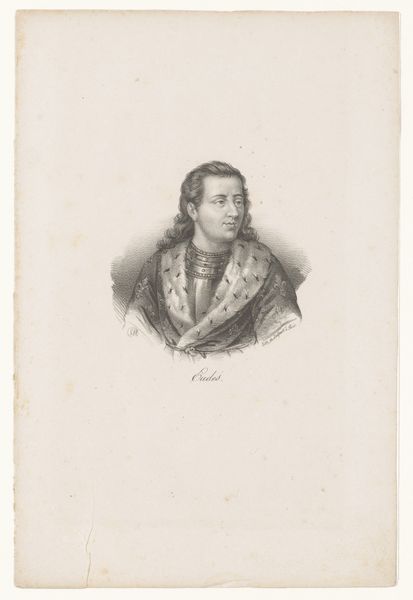
print, engraving
#
portrait
# print
#
portrait drawing
#
history-painting
#
engraving
#
realism
Dimensions: 177 mm (height) x 137 mm (width) (bladmaal)
Editor: This is a print from 1850 titled "Caroline Mathilde" by Jens Peter Lund. It’s an engraving, and something about the woman's expression, combined with what seems like a plea written below the portrait—"Keep me innocent, were then great"—gives it a tragic air. How do you interpret this work? Curator: This portrait speaks volumes about the position of women in 19th-century European society, and the narratives imposed on them, doesn’t it? Caroline Mathilde was Queen Consort of Denmark and Norway, and her life was…complicated, shall we say. This print romanticizes her, focusing on a presumed innocence, something intensely valued, and often weaponized, when discussing women then – and even now. Do you notice how the engraving emphasizes her regalia? Editor: Yes, the ermine and jewels are quite prominent. So, it’s almost like the artist is drawing a contrast between her outward power and an inner vulnerability? Curator: Precisely. The inscription encourages us to see her through a lens of victimhood and purity, aligning with prevalent patriarchal ideals. Consider how women's worth was historically tied to their innocence and perceived moral standing. Lund’s work isn't just a portrait; it’s a carefully constructed narrative reflecting, and reinforcing, social expectations. How might a contemporary artist approach Caroline Mathilde's story differently, do you think? Editor: I hadn't thought about it that way. Maybe an artist today would focus on her agency and defiance, subverting those expectations you mentioned. Thank you! Curator: And thank you, for thinking about the layers of interpretation! Hopefully more artworks today may help reflect diverse experiences and narratives, beyond such limiting notions of “innocence.”
Comments
No comments
Be the first to comment and join the conversation on the ultimate creative platform.
